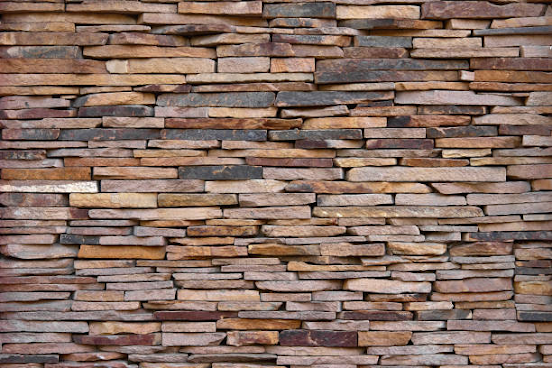How to Choose Between Natural and Manufactured Stone for Cladding
Stone Wall Cladding adds a touch of beauty to the interior and exterior walls of any building. It is a modern trend that is widely used in construction of homes, hotels, restaurants and other commercial buildings. Choosing the right stone for this purpose is essential as it can make or break the overall look of the project. It is available in a wide variety of finishes, textures and patterns that can suit various kinds of designs and styles. The following are some of the unique features of this type of cladding that should be kept in mind while selecting a specific stone.
A stone for wall cladding is its durability
The first and most important factor to consider when choosing a stone for wall cladding is its durability. It should be able to withstand harsh weather conditions and high temperatures. Also, it should be resistant to rotting and corrosion. This is why it is important to consult a specialist before selecting a stone for your project.
Important to consider the color of the stone
Moreover, it is also important to consider the color of the stone. It should be able to match or complement the existing color scheme of your home. For example, if you are planning on using a neutral color scheme for your home, then choosing a stone that is similar in hue will help to create a cohesive look throughout the house.
A high level of insulation for the rooms in your house
In addition to this, a good quality stone should be able to provide a high level of insulation for the rooms in your house. This will help to cut down on your energy costs and will also prevent the loss of heat. To ensure that the stone is effective in insulating your rooms, consult with a specialist manufacturer before installing it.
Another thing to keep in mind is the installation method of your stone cladding. There are two primary methods of installation, spot bonding and direct adhesion. Spot bonding makes use of adhesives to stick the cladding onto the wall surface. This method does not require on-site drilling and therefore prevents cracks in the wall. However, it is important to note that this technique does not work well on textured or rough surfaces. Direct adhesion, on the other hand, uses a strong glue that bonds the cladding and the wall together. This technique is very durable and is highly recommended for outdoor projects.
A natural and organic finish to the project and avoid a cluttered appearance
Before the installer starts to install your stone wall cladding, they should clean all the stones and substrates thoroughly. This will help to ensure that the sealer penetrates properly and adheres to the stone well. Also, it is a good idea to use plastic or wooden packers to keep the gaps between stones consistent.
Lastly, the installer should remember to order full corner pieces for the best results. This will create a natural and organic finish to the project and avoid a cluttered appearance.
Conclusion
While Stone Wall Cladding is primarily used for aesthetic purposes, it also provides a number of practical benefits to homeowners. For example, it can be used as a room divider to create separate spaces within the home without taking up too much space. It can be used on a balcony to create a distinct living space and can even be used as a feature on a boundary wall.


Comments
Post a Comment